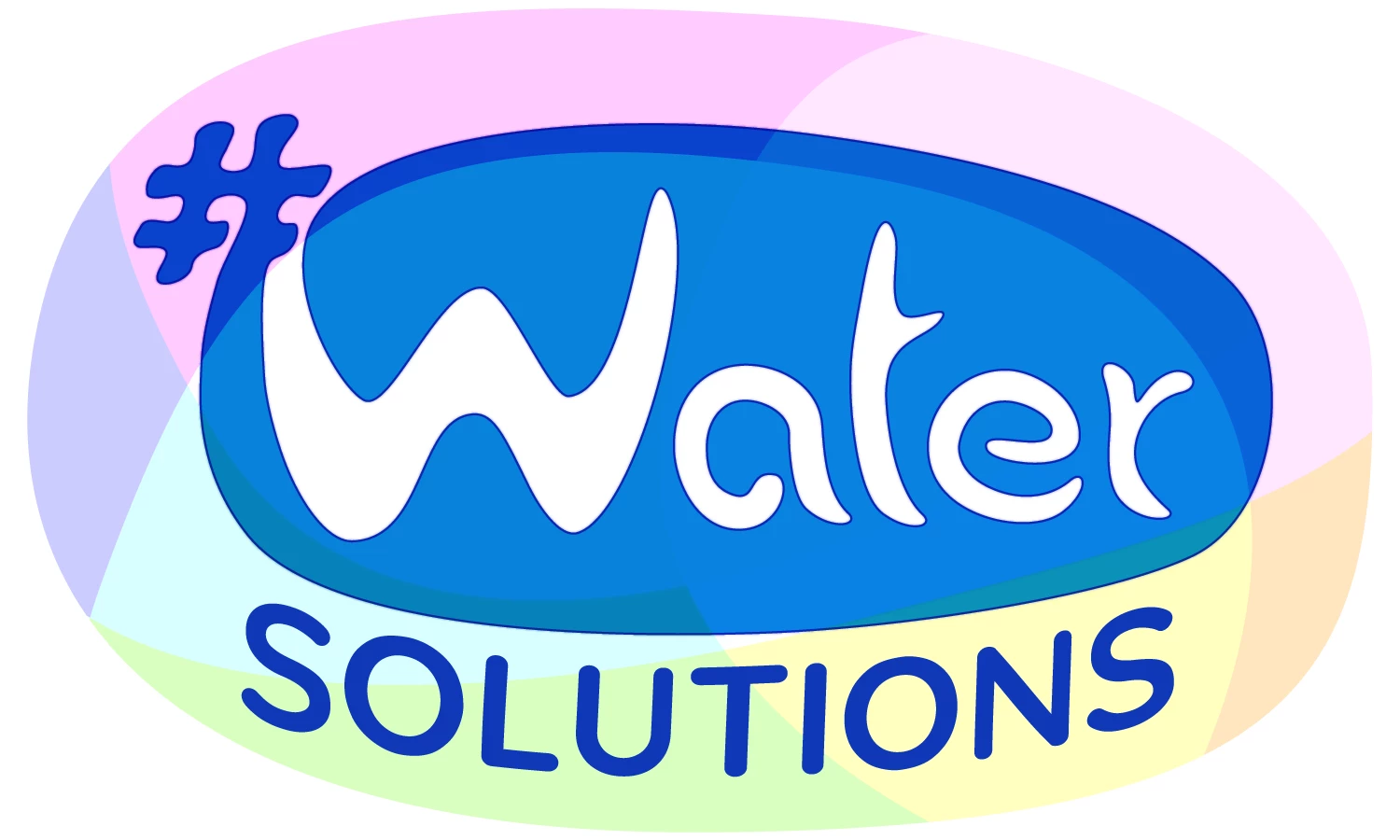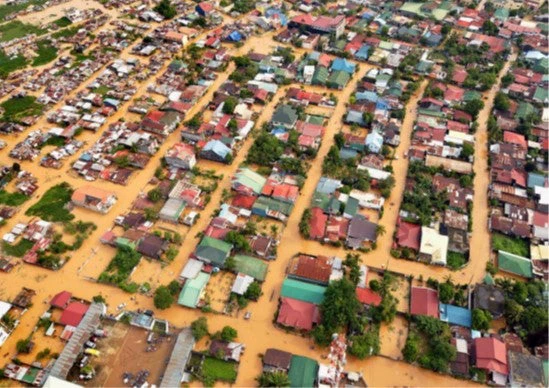Editor's Note: 
It is rainy season again in the Philippines, and typhoons and tropical storms are hitting the country again at regular intervals. The worst such event this year so far in Metro Manila occurred the weekend of August 11-12, when Tropical Storm Karding (international name Yagi) brought excessive monsoon rains and submerged large areas of Metro Manila, forcing tens of thousands of people to evacuation centers. It was not just the rains that caused the severe flooding as solid waste was equally to blame. Many waterways and drains are clogged with solid waste, which does not allow water to freely flow to outlets and pumping stations.
Karding brought back memories of tropical storm Ondoy, that barreled into the Philippines on September 26, 2009, bringing torrential rains and flooding of historic proportion in Manila. One month's worth of rain poured onto Manila in less than a day. More than 80 percent of the city became submerged in water, hundreds of thousands were displaced, and hundreds of people were killed.
While the storm was anticipated, the amount of rain it brought -- and the devastation it wreaked -- caught everyone by surprise. Ondoy became a turning point in the Philippine government’s attention to flood management. With technical and financial assistance from the World Bank, in 2012 the government launched a Flood Management Master Plan for Metro Manila that proposed a set of priority structural and non-structural measures to provide sustainable flood management.
In Manila, flood management presents both technical and social challenges. On the technical side, many of the 60 or so existing pumping stations are old and lack sufficient capacity for even normal rainfall conditions. Over the past few decades, the city has grown rapidly, but new pumping stations have not been constructed to meet the needs in low-lying areas. Areas around waterways are often densely populated, with dwellings encroaching over the water, affecting waterflow and preventing maintenance and desilting. In addition, as was clear again during Karding, solid waste clogs waterways and entrances to pumping stations.
The social challenges presented are equally complex. Today, Metro Manila is home to about 15 million people. Around a fifth of the population consists of informal settler families, many of whom migrated from rural areas in search of better jobs. Informal settlers are particularly vulnerable to flooding, as a large percentage live in inadequate housing near waterways.
Implementation of the Master Plan cannot come quick enough for many people who suffered during Karding and lost whatever belongings they had. Listening to the stories of affected people is heartrending. One such person is Lisa, who lives along a waterway and was evacuated when the water started overtopping the banks of the waterway. Returning to her home afterwards, she found that muddy floodwaters had washed away her furniture, her appliances, and her children’s uniforms and schoolbooks. The tragedy took Lisa back to square one, and she has to build up her life and that of her children again from scratch. 
Every flood event brings thousands of stories like Lisa’s, but there is hope. In September 2017, in partnership with the Philippine Government, the World Bank and the Asian Infrastructure Investment Bank (AIIB) approved funding for the US$500 million Metro Manila Flood Management Project. It is the first major activity to be implemented under the government's Master Plan. It is also the first Bank-supported project in the Philippines that benefits from co-financing from the Asian Infrastructure Investment Bank.
The Project has four components: (i) Modernizing Drainage Areas; (ii) Minimizing Solid Waste in Waterways; (iii) Participatory Housing and Resettlement; and (iv) Project Management and Coordination. Through these components, the project aims to reduce flooding in about 56 drainage areas. At least 1.7 million people, including many informal settlers living near drains and waterways, will directly benefit from the project.
Preventive flood risk management requires dependable pumping solutions. Under the first component, the project will construct new pumping stations and modernize existing ones, while improving the supporting infrastructure and associated drainage systems. To fulfill the second component, solid waste management will be improved through better collection services, community awareness, and incentive-based programs. Improved collection will reduce the amount of solid waste that ends up in waterways, and thus at the pumping stations, significantly decreasing flood risk. The third component deals with resettlement. City residents like Lisa whose houses are going to be impacted by the improvements of the drainage areas and the construction of new pumping stations, may need to relocate to safer areas. New types of rental support have been devised to provide resettled families with transitory and permanent housing close to their places of employment. A rental subsidy program has been created to guarantee that resettlement options are affordable to all. And finally, working with Civil Society Organizations like Life Haven Center for Independent Living, will support people with disabilities who relocate and ensure they have full access to facilities and houses in resettlement sites.
For every stage of the project, gender analytical tools will be used to make sure the needs of both females and males are addressed and monitored. Through consultations with women from various economic groups, surveys, and census, the team will generate gender-disaggregated data. Women will also play an important role in resettlement planning and livelihood restoration programs.
If there is one thing that tropical storms such as Ondoy and Karding have taught everyone, it is that typhoons, flooding, solid waste management, housing, and poverty are all inextricably linked. This project is an important step forward not only in flood risk management, but also in the social well-being and prosperity of the citizens of Manila. The Metro Manila Flood Management Project is implementing innovative approaches to promote inclusive and resilient flood management.



Join the Conversation